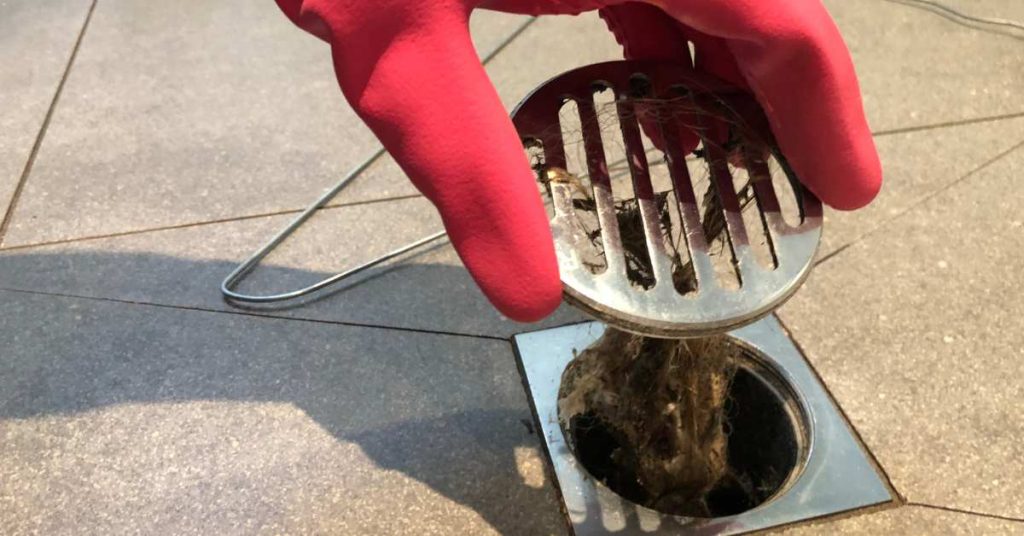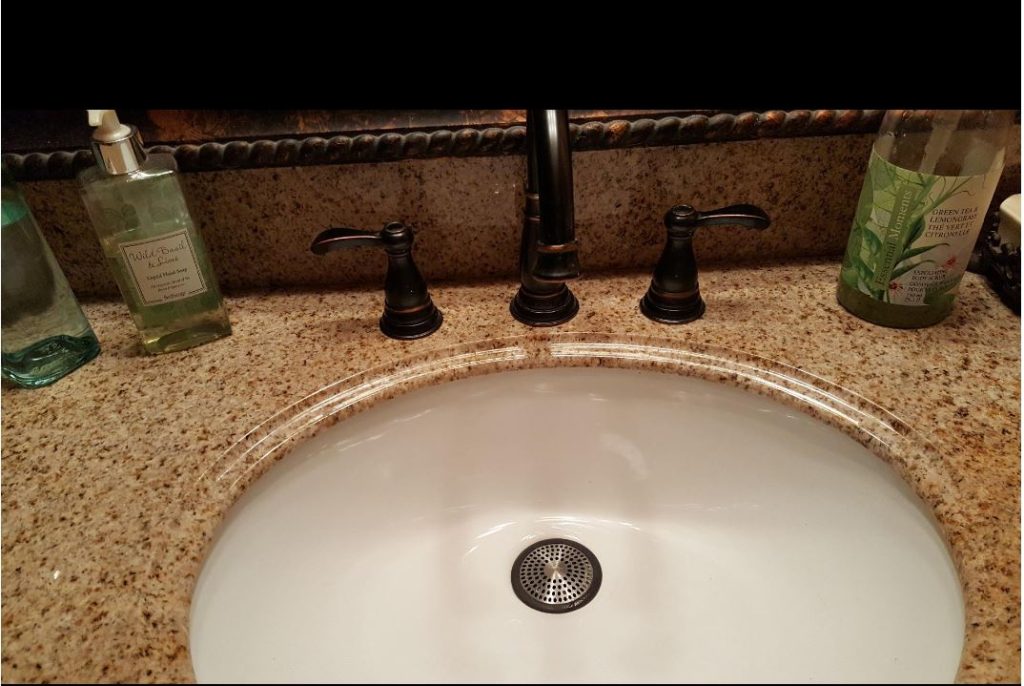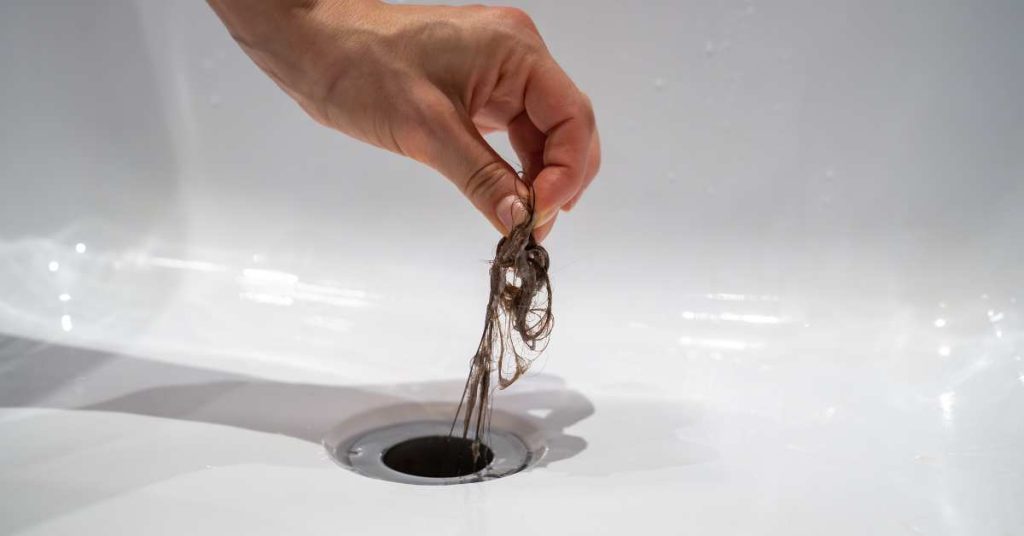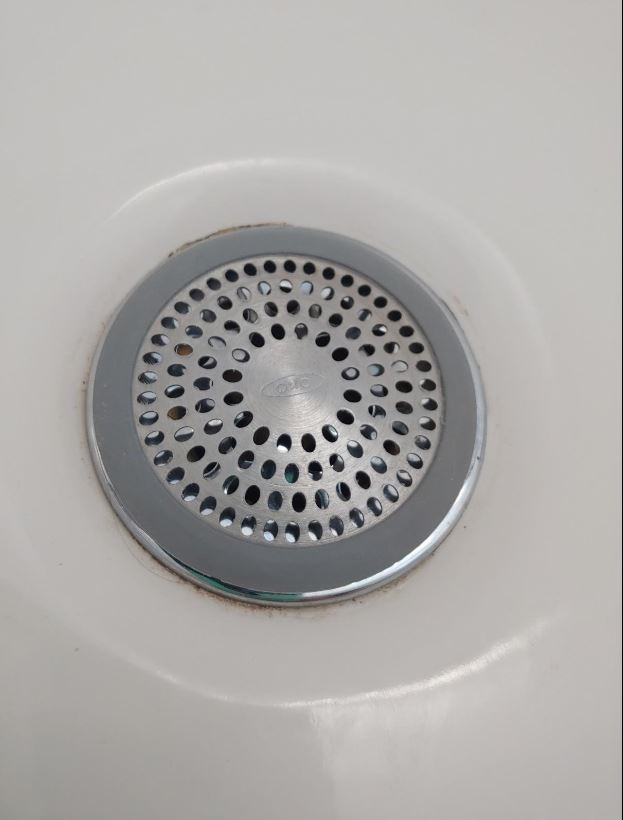Welcome to our ultimate guide on tackling one of the most common household nuisances: a smelly bathroom drain. Few things can ruin your day like stepping into a bathroom engulfed in unpleasant odors emanating from the drain. Whether it’s the result of accumulated hair, soap scum, or bacterial growth, a foul-smelling drain can make your bathroom feel less like a sanctuary and more like a source of frustration.

But fear not! In this extensive guide, we’ll walk you through a variety of DIY solutions to banish those odors and restore freshness to your bathroom. From understanding the root cause, and how to clean a smelly drain, we give real techniques and preventive measures, to keep you covered.. Say goodbye to embarrassing odors and hello to a clean, fresh-smelling bathroom.
Understanding the Causes of Smelly Drains
To effectively combat smelly drains, it’s crucial to understand what’s causing the unpleasant odors in the first place. Let’s take a closer look at some common culprits:
- Accumulated Hair and Soap Scum: Over time, hair and soap scum can build up in your drain, creating a breeding ground for bacteria and emitting foul odors. This is especially common in showers and bathtub drains where hair is regularly washed down.
- Food Particles: If your bathroom has a sink or a garbage disposal, food particles can find their way into the drain, leading to unpleasant smells. This is often the case in bathrooms located near kitchens or where food is frequently prepared.
- Bacterial Growth: Stagnant water in drains provides the perfect environment for bacterial growth, which can result in foul odors emanating from the drain. Bacteria thrive in warm, moist conditions, making bathroom drains an ideal breeding ground.
DIY Cleaning Solutions

Now that we understand what’s causing the problem, let’s explore some DIY cleaning solutions to tackle those smelly drains head-on. These simple yet effective recipes can help break down buildup and eliminate odors using common household ingredients:
- Baking Soda and Vinegar: Start by pouring about a cup of baking soda down the drain, followed by a cup of vinegar. The mixture will fizz and bubble, helping to break down organic matter and clear the drain. Let it sit for about 30 minutes before flushing the drain with hot water to wash away any remaining residue.
- Salt and Baking Soda: Mix equal parts salt and baking soda, then pour the mixture down the drain. Let it sit for at least an hour to dissolve grease and grime before rinsing with hot water. The abrasive nature of salt helps scrub away buildup, while baking soda neutralizes odors.
- Lemon Juice and Hot Water: Squeeze the juice of one lemon down the drain, followed by boiling water. The acidity of the lemon helps cut through grease and grime while leaving behind a fresh citrus scent. This method is particularly effective for combating stubborn odors.
Mechanical Cleaning Techniques

For more stubborn clogs and buildup, mechanical cleaning techniques can provide the extra muscle needed to clear the drain effectively. Here are a few methods to consider:
- Drain Snake or Auger: A drain snake or auger is a flexible tool designed to navigate through pipes and dislodge clogs. Insert the snake into the drain and rotate it to break up hair, soap scum, and other debris. Pull out any material that comes up, then flush the drain with hot water to remove any remaining residue.
- Removing and Cleaning the Drain Cover: If your drain has a removable cover, unscrew or lift it to access deeper areas of the drain. Use a brush or rag to clean the cover and surrounding area, removing any buildup that may contribute to odors. You can also use a pipe brush to scrub the inside of the drain pipe for a more thorough clean.
Preventive Maintenance Tips
Once you’ve tackled the immediate problem, it’s essential to take steps to prevent smelly drains from recurring in the future. Here are some preventive maintenance tips to keep your drains clean and odor-free:
- Use Drain Covers or Strainers: Installing drain covers or strainers can help prevent hair, soap scum, and other debris from entering the drain and causing clogs. Make sure to clean the covers regularly to remove any buildup.
- Flush with Boiling Water: Pouring boiling water down the drain once a week can help dissolve grease and soap scum, preventing buildup and keeping the drain clear. This simple yet effective method can help maintain the flow of water and prevent odors from developing.
- Limit Food Waste: If you have a sink in your bathroom, avoid disposing of food waste down the drain. Use a compost bin or dispose of food scraps in the trash to prevent clogs and odors from forming.
Odor Elimination Methods

Even after cleaning your drain, you may still notice lingering odors in your bathroom. Fortunately, there are several methods you can use to eliminate these odors and keep your bathroom smelling fresh:
- Baking Soda: Sprinkling baking soda down the drain and letting it sit for a few hours can help absorb any remaining odors. Afterward, flush the drain with hot water to wash away the baking soda and leave your drain smelling clean and fresh.
- Activated Charcoal: Placing a few activated charcoal briquettes in a mesh bag and hanging it near the drain can help absorb odors and keep your bathroom smelling fresh. Replace the charcoal briquettes every few months to ensure maximum effectiveness.
- Essential Oils: Adding a few drops of essential oils, such as lavender or tea tree oil, to your drain can help mask odors and leave your bathroom smelling fresh. Simply pour a few drops of oil down the drain and let it sit for a few hours before flushing with hot water.
Eco-Friendly Solutions
If you’re concerned about the environmental impact of cleaning products, there are plenty of eco-friendly alternatives available that are just as effective at keeping your drains clean and odor-free:
- Biodegradable Drain Cleaners: Look for biodegradable drain cleaners that are made from natural ingredients and free of harsh chemicals. These products are safe for the environment and can help break down clogs and eliminate odors without harming your plumbing or the ecosystem.
- Enzyme-Based Cleaners: Enzyme-based drain cleaners use naturally occurring enzymes to break down organic matter and eliminate odors. These cleaners are safe for septic systems and can help keep your drains clean and odor-free without the need for harsh chemicals.
- DIY Cleaners: Many eco-friendly drain cleaning solutions can be made using common household ingredients, such as baking soda, vinegar, and lemon juice. These DIY cleaners are effective at breaking down clogs and eliminating odors without the need for harsh chemicals.
When to Seek Professional Help
While DIY solutions can often effectively tackle smelly drains, there are times when it’s best to seek professional help. Here are some signs that indicate you may need to call in a plumber:
- Persistent Odors: If you’ve tried multiple cleaning methods and the odors persist, it may indicate a more significant underlying issue, such as a blocked or damaged pipe.
- Slow Drainage: If water is draining slowly or backing up in your sink or shower, it may indicate a clog or blockage that requires professional attention.
- Visible Signs of Damage: If you notice any visible signs of damage, such as cracks, leaks, or corrosion, it’s best to call in a plumber to assess the situation and make any necessary repairs.
Conclusion
Dealing with a smelly bathroom drain can be a frustrating and unpleasant experience, but with the right approach, you can banish those odors for good. By understanding the causes of smelly drains, exploring DIY cleaning solutions, and implementing preventive maintenance measures, you can keep your drains clean and odor-free. And remember, if DIY methods fail to solve the problem or if you suspect a more significant plumbing issue, don’t hesitate to seek professional help. With a little effort and know-how, you can enjoy a fresh, clean-smelling bathroom every day.





